Before
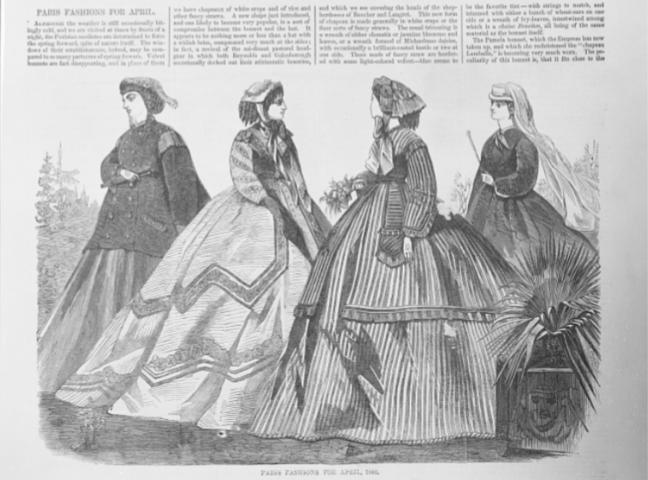
Outside of the galleries of the House of Representatives during the passage of the civil rights bill Paris fashions for April, 1866, 1866, Library of Congress
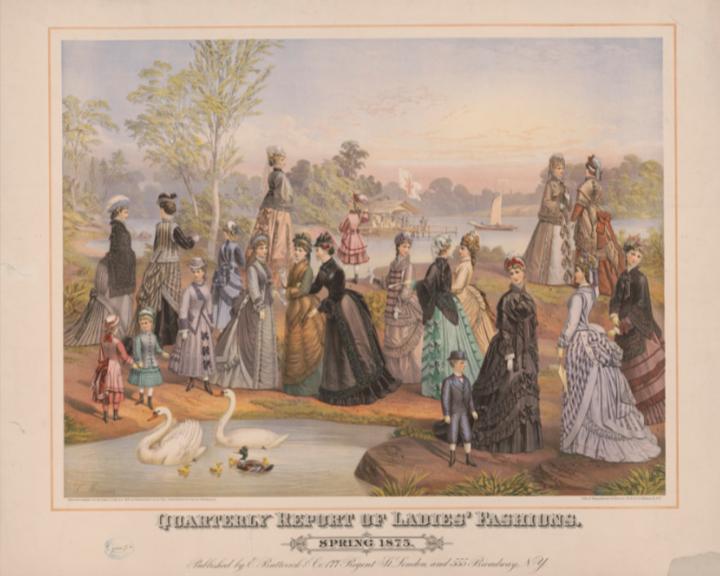
Quarterly report of ladies' fashions, 1875, Library of Congress
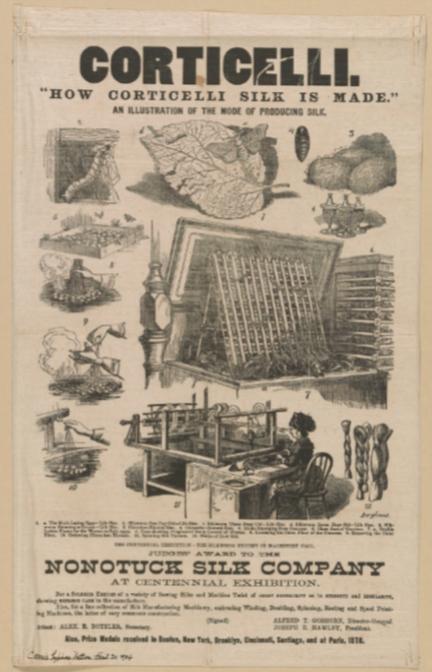
How Corticelli Silk Is Made, 1878-1880, Library of Congress
Under a microscope, he investigated infected silkworms, concluding that silkworms were simultaneously being affected by two diseases: flachery and pébrine. He devised a breeding method that produced healthy silkworm eggs, reviving France’s silk industry.
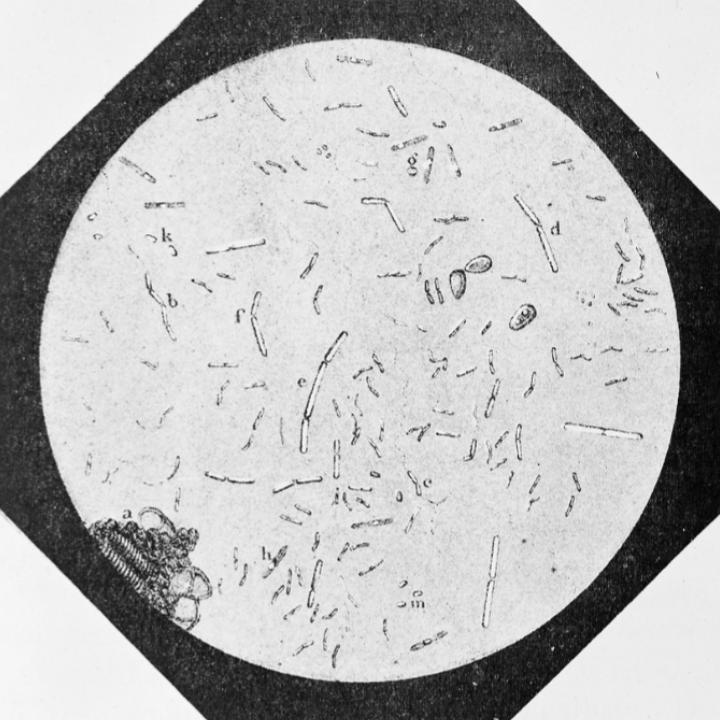
Vibrations de la flacherie, Wellcome Collection
" It is now five years that I have been conducting my studies on silkworm diseases. Scientists and breeders then thought that the cause of the scourge was a single disease. In France, it went under the name of pébrine... Since 1867 the progress made has led me not so much to the discovery of a remedy, which I have never searched for, but to the creation of an effective means of prevention... Since 1867 I have had to concentrate all my efforts on gaining knowledge on this other disease. "
~ Louis Pasteur
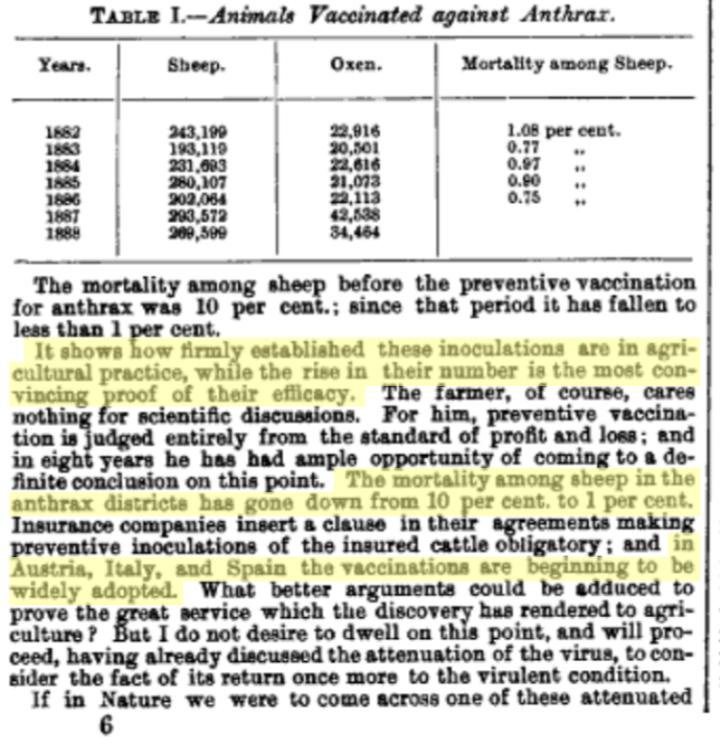
The Croonian Lecture on Preventative Inoculation, 1889, British Medical Journal
Pasteur’s anthrax vaccine decreased sheep fatalities on farms.
" To have accomplished so much and so thoroughly in this direction—to have been the pioneer in investigations which have already revolutionised medical doctrine, and greatly added to our knowledge of natural phenomena—to have effected large economies in important industries and agricultural operations;—but, above all, to have given us the means of averting or resisting the most baneful and pestilent diseases, is the honor to which Pasteur is entitled, and which will be gratefully accorded him now, and in still larger measure hereafter. "
~ George Fleming
The acceptance of germ theory empowered public movements like anti-spitting campaigns.
It became illegal to spit in public areas.
“ Good living, careful personal hygiene, fresh air in abundance, avoidance of over heater and poorly ventilated rooms, together with a general high standard of living, are excellent in their way to prevent ordinary disease. ”
~ Arthur Albert St. Mouritz, Ph.D
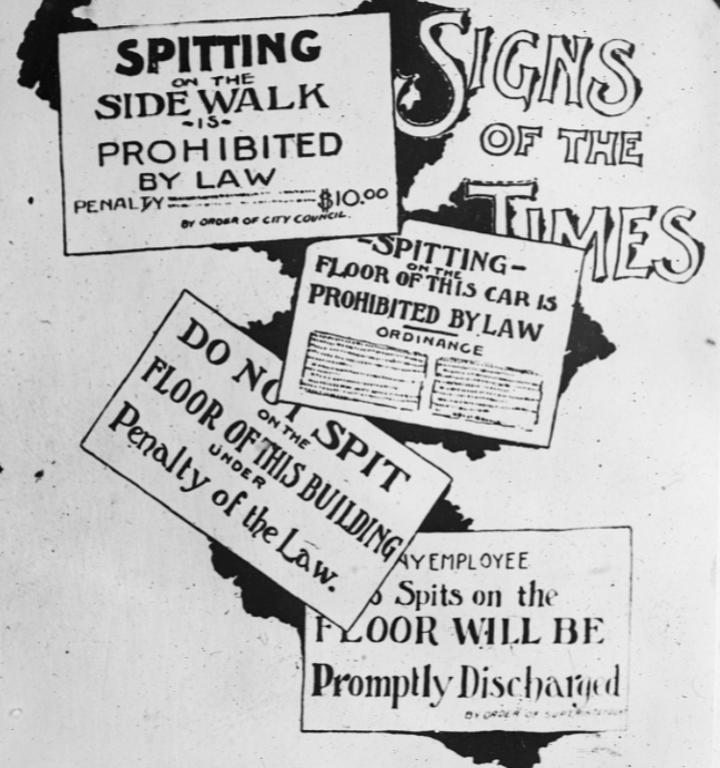
1919-1929, Library of Congress
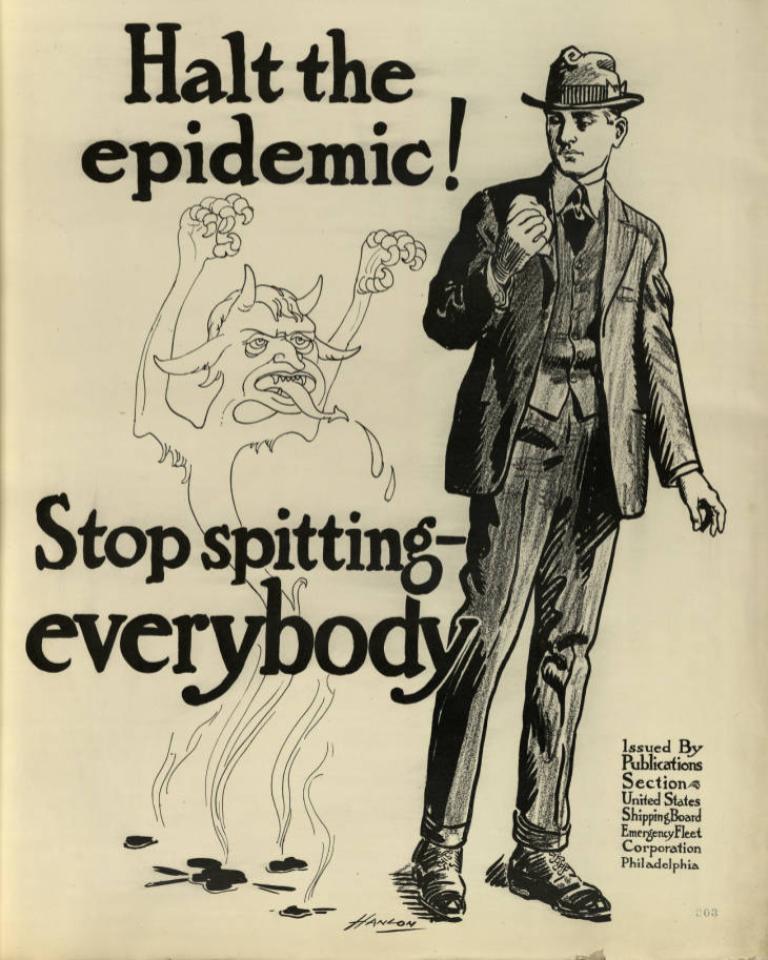
Halt the Epidemic!, 1918, Temple University Libraries
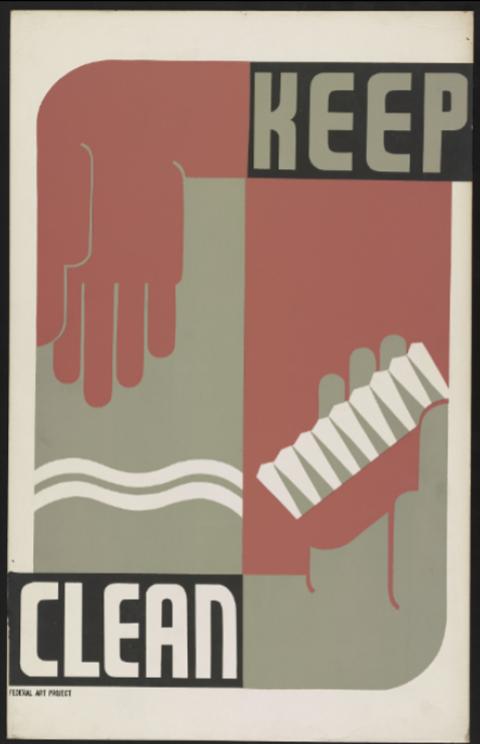
Keep Clean, 1936-1939, Library of Congress
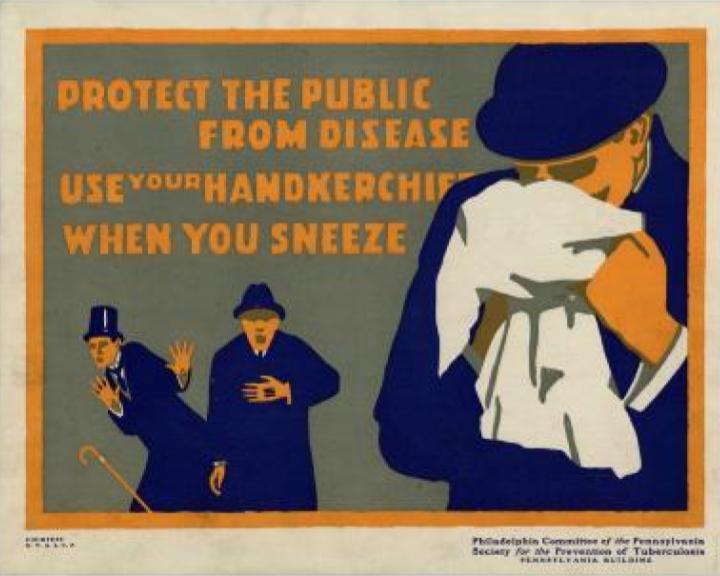
Protect the Public From Disease, 1917, Historical Society of Pennsylvania

Your Home is Not Complete Without a Sanitary Unit, Recommended by the State Department of Public Health, 1936-1941, Library of Congress
The first major application of germ theory occurred during the Spanish Influenza in 1918. Hygienic practices and wearing face masks were enforced.

1919, The Sunday Oregonian
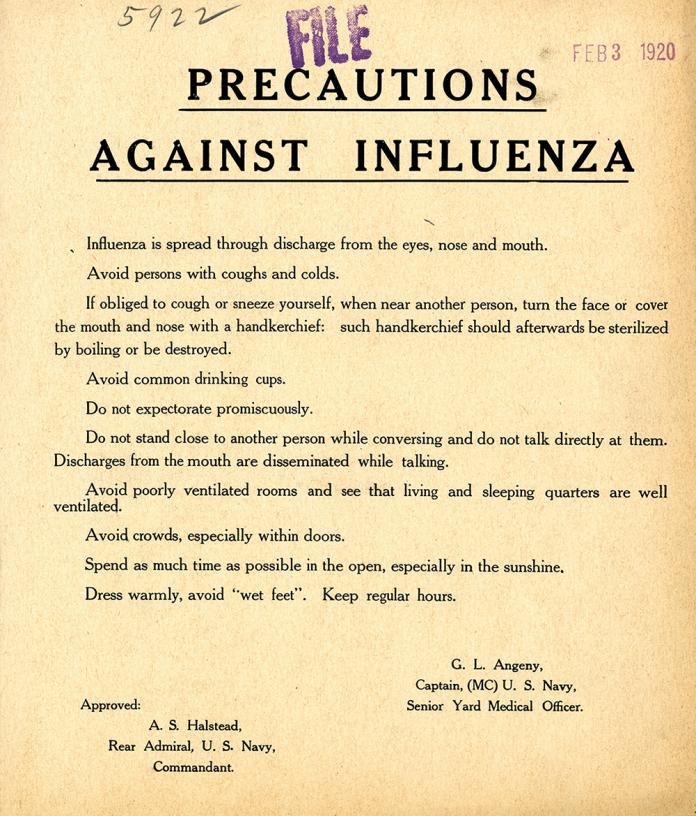
Department of the Navy: Precautions Against Inlfuenza, 1920, National Archives
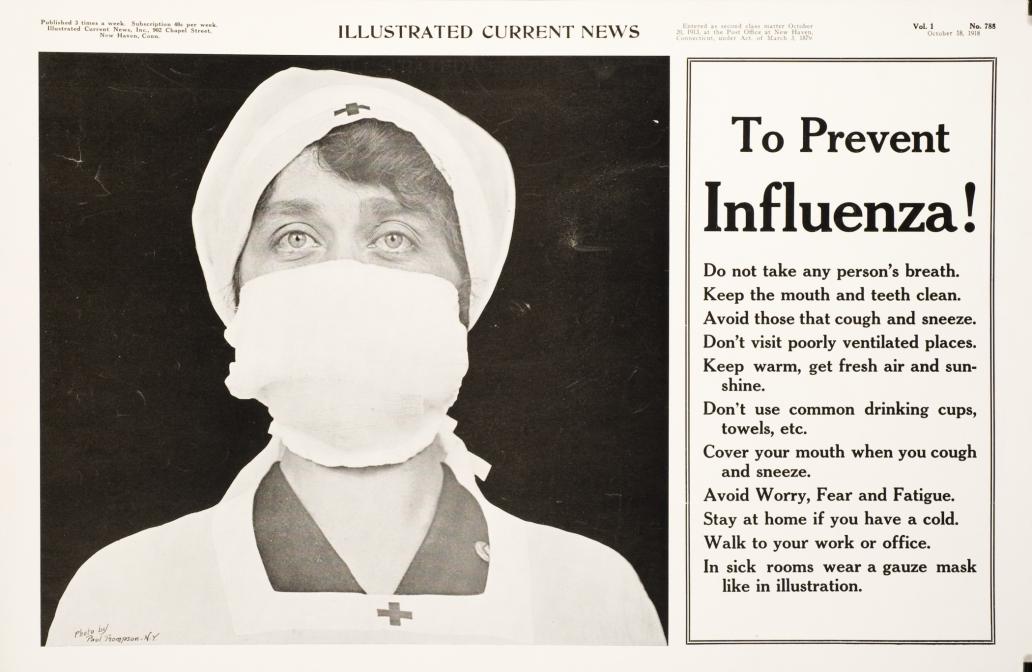
To Prevent Influenza!, 1918, National Library of Medicine
Early in the nineteenth century, women frequently wore long dresses that dragged across the ground, accumulating dust that entered into their homes, often resulting in sickness. As germ theory was accepted, women's fashion changed as shorter (ankle-length) dresses became the popular style.

Outside of the galleries of the House of Representatives during the passage of the civil rights bill Paris fashions for April, 1866, 1866, Library of Congress

Quarterly report of ladies' fashions, 1875, Library of Congress
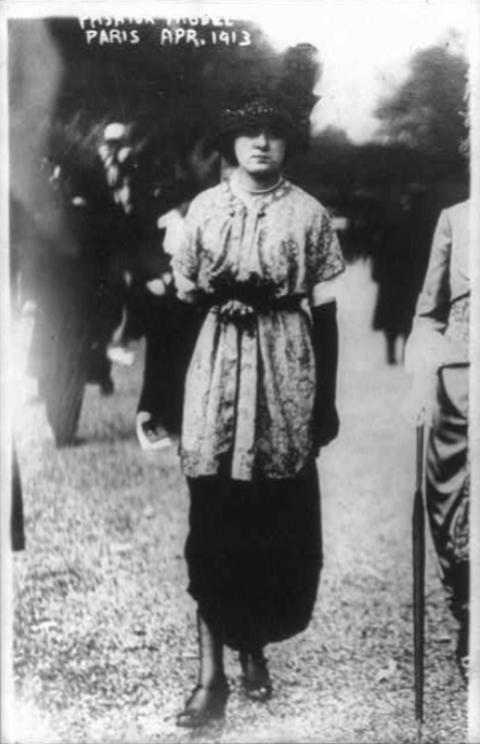
Women's Fashions: Paris, Apr. 1913, 1913, Library of Congress
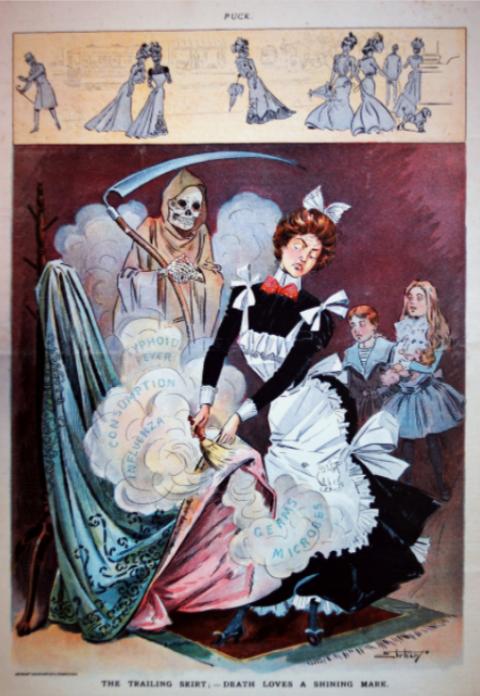
The Trailing Skirt: Death Loves a Shining Mark, 1900, Wikimedia Commons